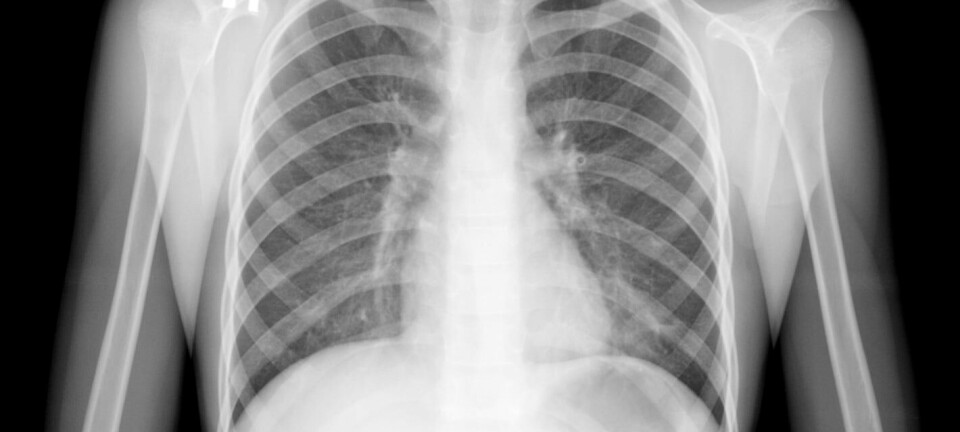Helselys-produsent svarer
Den finske produsenten av helselys skriver her om forskningen bak produktet.
Denne artikkelen er mer enn 10 år gammel.
Letter to the editor
It was a pleasant surprise that dagensmedisin.no on Wednesday October 26th took notice of the arrival of Valkee bright light headset in Norway.
The original concept for what today is the Valkee product was developed over the last few years in cooperation with a very accomplished group of medical professionals mainly at the Oulu University in Finland, the Oulu Deaconess Institute, and the Verve Medical Physiology Research Center. That body of research of the brain’s photosensitivity and practical applications to utilize it in new methods of non-invasive therapies includes many breakthrough findings and world firsts. Much of that work is yet to be widely socialized, but more and more of it has recently been peer-reviewed and published, and there is more in the publishing pipeline. It is rewarding to learn that a fine publication like dagensmedisin.no opens a discussion on it.
All of the actual Oulu research work went, however, unfortunately in that first article unnoticed and unmentioned. Clearly neither the editors nor the two interviewed, distinguished commentators had had any prior opportunity to be exposed to it; understandable given the novelty of the work.
The skeptical tone of the article, and the false conclusion that a casual reader of it may draw as a result, come mainly from the Dr. Sand’s statement that he believes it to be physiologically impossible for light to reach the brain from the ear canal through the tissue of the ear.
Light does, in fact, penetrate not just the tissue at the bottom of the ear canal, but the entire skull in normal daylight conditions, in the environment in which the human species evolved.
The earliest scientific evidence of light penetrating the skull of large mammals and reaching the brain tissue was documented and published by William Ganong in 1963 and his colleague van Brunt in 1964. They concluded that the amount of sunlight that reaches the central parts of the brain during daytime is enough to give a glow in which a person could read. Since the work of Ganong and van Brunt there is plenty of other relevant research and publications.
A study that was completed in 2011 by Tuomo Starck et al. (Stimulating brain tissue with light – resting state fMRI analysis), was instrumental in establishing in a sham-controlled setting that when a bright light, like Valkee, is administered through the human ear canal there is an acute functional response in the brain’s neural network. This response is central to also Valkee’s mode of action.
It would not be possible to explain many other phenomena from the medical field if photons were not able to penetrate the bone and tissue of the human skull. Modern PET imaging is based on small amounts of photons passing through the skull. And the turnover time of photosensitive opsin-proteins in brain is very short – just 48-72 hours – yet the evolution has made sure that they renew and are constantly available in large amounts in the brain. As the saying goes, I believe, there is “no form without a function”.
The Valkee light therapy device, when inserted into the ear canals impacts the tissue that’s about 2 cm away from the tip of the optic fiber with about 10,000 lux which is comparable to the amount of light that is measured in direct sunlight at noon, at the same depth in the ear canal.
The two clinical trials with Valkee on treating seasonal affective disorder, also known as winter depression, with 102 patients in total, and the several other clinical trials with Valkee since then, recently also including a placebo-control, with over 250 more patients, have served well to demonstrate that Valkee’s positive effects on winter depression and daytime energy level is as good or better than can be achieved with ordinary big bright light lamps. In practice, too, there are more than 25,000 very satisfied people already using Valkee and experiencing a better quality of life during the dark winter months from now until March as a result.
Pekka Somerto
CEO, VD
Valkee Oy
















